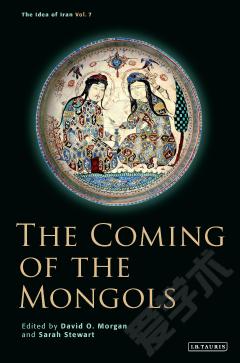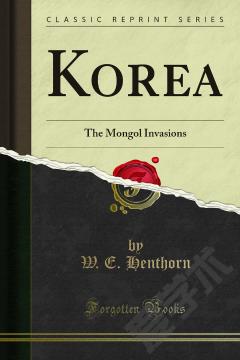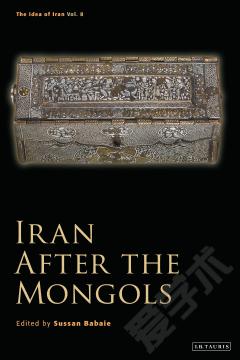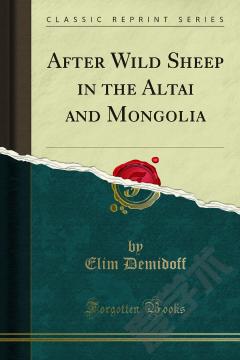The Coming of the Mongols
The Mongol invasions in the firthirteenth century led to profound and shattering changes to the historical trajectory of Islamic West Asia. As this new volume in The Idea suggests, sudden conquest from the east was preceded by events closer to home which laid the groundwork for the later Mongol success. In the mid-twelfth century the Seljuq empire rapidly unravelled, its vast provinces fragmenting into a patchwork of mostly short-lived principalities and kingdoms. In time, new powers emergepagan Qara-Khitai in Central Asia; the Khwarazmshahs in Khwarazm, Khorosan and much of central Iran; and the Ghurids to the southeast. Yet all were bloMongols, who faced no resistance from a sufficiently muscular imperial competitor and whose influx was viewed by contemporaries as cataclysmic. Distinguished scholars including David O Morgan and the late C E Bosworth here discuss the dynasties that preceded the invasion - and aspects of their literature, poetry and science - conquerors themselves and their rule in Iran from 1219 to 1256.
{{comment.content}}








 京公网安备 11010802027623号
京公网安备 11010802027623号